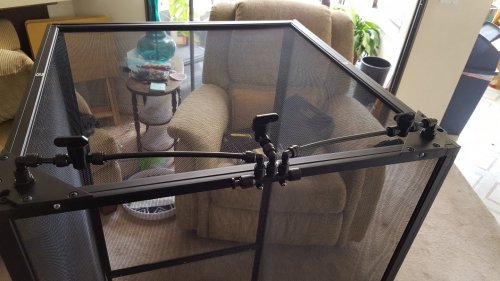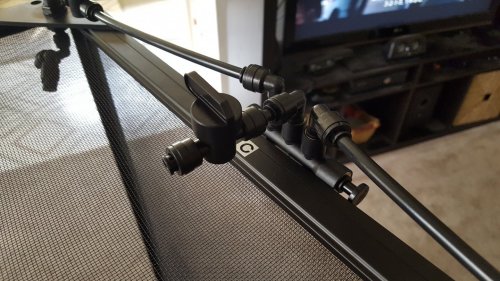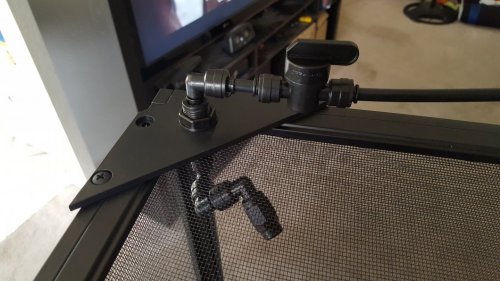Rayzilla
Member
I only learned about this deluxe model today. I haven't seen it in any of the local shops yet.
ZooMed has a deluxe model of their Reptibreeze cages. It only comes in the medium and XL size. You could turn on LED lights so that only the white lights up, only the red lights up, or both the red and white lights light up. It also includes the substrate tray. I think that is the only difference to the original model but I'm not 100% sure about that.
Is the red light fine for the chams? I think it is only for aesthetic purposes but I'm not sure if it is appropriate for chams. What are your thoughts?
Thanks.
ZooMed has a deluxe model of their Reptibreeze cages. It only comes in the medium and XL size. You could turn on LED lights so that only the white lights up, only the red lights up, or both the red and white lights light up. It also includes the substrate tray. I think that is the only difference to the original model but I'm not 100% sure about that.
Is the red light fine for the chams? I think it is only for aesthetic purposes but I'm not sure if it is appropriate for chams. What are your thoughts?
Thanks.





